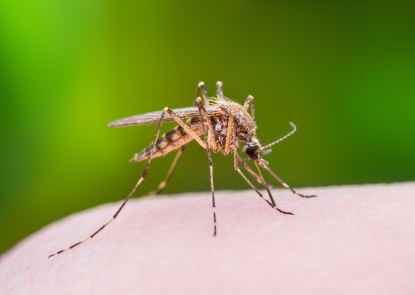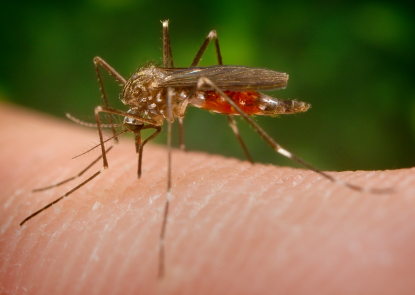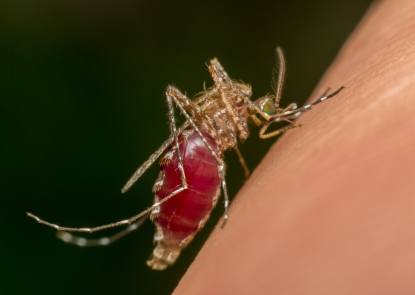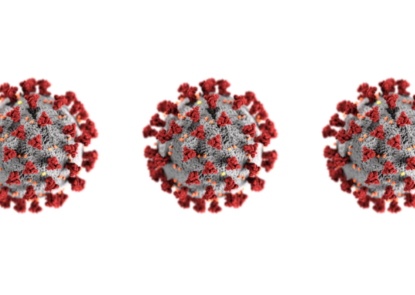Flavivirus Immunization Research and Education
Team FIRE
The Flavivirus Immunization Research and Education (FIRE) team conducts investigational vaccine research studies for diseases like Dengue fever, Zika virus, and West Nile virus and in partnership with the NIH has pioneered the development of Tetravalent Dengue Vaccines TV003 and TV005. Learn more about the diseases they study by clicking the links below.


Dengue Virus
Dengue virus, a mosquito-borne flavivirus, is a leading cause of illness and death within the tropics and subtropics, with over a third of the world’s population at risk of infection. There are as many as 400 million cases worldwide per year with 500,000 resulting in hospitalization and 25,000 in death.

West Nile Virus
West Nile virus is an arthropod-borne virus spread by mosquitoes. West Nile virus has its peak during warmer seasons, with an incubation period of two to fourteen days. In most cases, symptoms are minimal and resolve on their own.

Zika Virus
Zika is a virus spread by Aedes mosquitoes, which are also known for carrying dengue, chikungunya, and yellow fever. The symptoms for Zika only appear in 1 out of 5 people exposed to the virus, and often times are not serious enough for victims to need hospital care.

COVID-19
Coronavirus disease 2019, better known as COVID-19, is a contagious respiratory illness that causes severe acute respiratory syndrome coronavirus 2 (SARS-CoV-2). The virus can be spread from person to person and causes a variety of symptoms, which can appear 2-14 days after exposure.
Support our work
Help us continue the important work being done to find safe and effective vaccines for flaviviruses!
